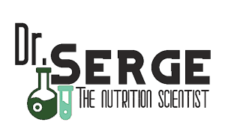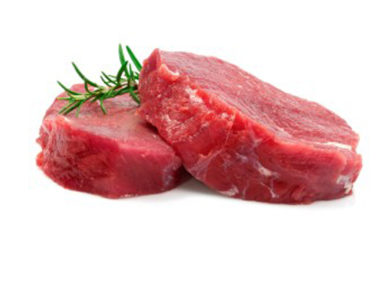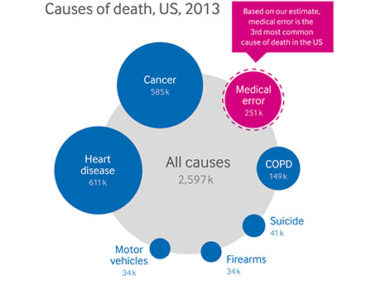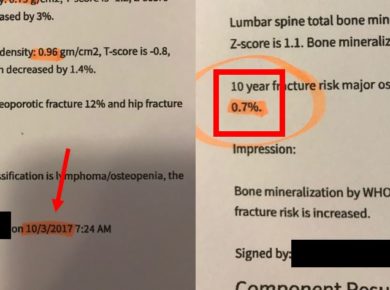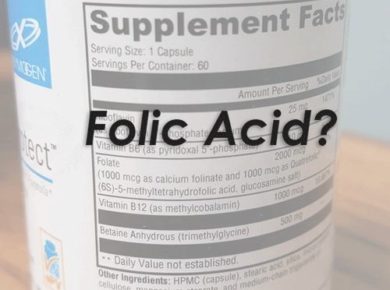I always have a good time when I go grocery shopping 😊
It’s eye-opening to look at labels and packages of the most popular products.
The last product that caught my eye was milk.
As a matter of fact, Americans are the ones who drink the most milk, followed by the Swedish, who come in as second. The Japanese are the ones who drink the least.
The first thing we see, in big red and white characters, is that this milk is 2% reduced fat. I’ve never understood why people are so afraid of fat.
Hundreds upon hundreds of studies have been done to show that animal fat is not the enemy. Actually, I studied and investigated more than 1600 studies on this topic, in my book that was published two years ago.
There is no doubt, from a scientific point of view, that animal fats are the enemy yet they are actually needed for optimal health.
The funny thing is companies, partially or completely, remove the fat from milk. By doing this, they also remove fat-soluble vitamins like vitamins A, D, E, and K. And then, they add it back to the product.
This is ridiculous. They remove the good stuff and then add the synthetic version to the final product. Those “fake” vitamins have been shown to be problematic to the human body.
Why not leave the good healthy fat, along with all the vitamins and minerals that are fat soluble?
The 60% more protein is suspicious as well.
What do they do to increase protein production?
Usually, they shoot hormones and antibiotics into the animals to boost protein production.
As you can imagine, those hormones and antibiotics end up in the meat that we eat.
Therefore, we become poisoned by those compounds, and we start having health issues like cancer, diabetes, heart disease, gut imbalances, among others.
This issue becomes less problematic if you use organic milk, which technically is void of hormones and antibiotics. However, the animals are still being fed grains like corn, soy, and wheat, which is not normal. Instead, their diet should consist of grass and hay.
Lastly, we can find in big blue and white characters “lactose free”, which makes it somewhat better because most people are lactose intolerant, meaning that this sugar can cause some GI distress like gas, bloating, and diarrhea.
So the final product is loaded with extra proteins (from hormones and antibiotics fed/injected to the animals), less good quality fat, added synthetic, toxic vitamins, and no lactose.
On top of that, milk is pasteurized and homogenized, which renders it unconsumable.
Pasteurization completely destroys the nutritional value of milk and changes the protein structure which has consequences.
Pasteurized milk is linked to allergies, eczema, heart disease, obesity, diabetes, cancer, osteoporosis, autism, etc.
Therefore, this product is highly processed and should never be consumed.
Some would say to choose organic, grass fed milk. While this may be a better choice, being that no chemicals are used and the animals are not fed grains, the issue of pasteurization still remains.
In addition to pasteurization, the other main issue concerning dairy is the type of milk used to make the cream, butter, cheese, etc.
Most of the milk products found in this country are from type A1 milk. This is the type associated with all the aforementioned issues.
Type A2 milk is also found in some stores but it is pasteurized, which still causes some issues.
Type A2 milk is found in Europe, India, New Zealand, and other countries. Dairy
products from this type of milk are actually very beneficial. The nutritional status is very complete, meaning that you could literally live and be healthy by drinking raw A2 milk. It has been shown to help with allergies, asthma, leaky gut, bone issues and a variety of other issues. Thus, raw A2 milk products are great and can be part of a healthy diet.
In conclusion, I would not recommend consuming any milk from the store. Instead, find a farmer that produces good quality A2 milk and you will see what a difference it makes in your children’s health, as well as your own.
